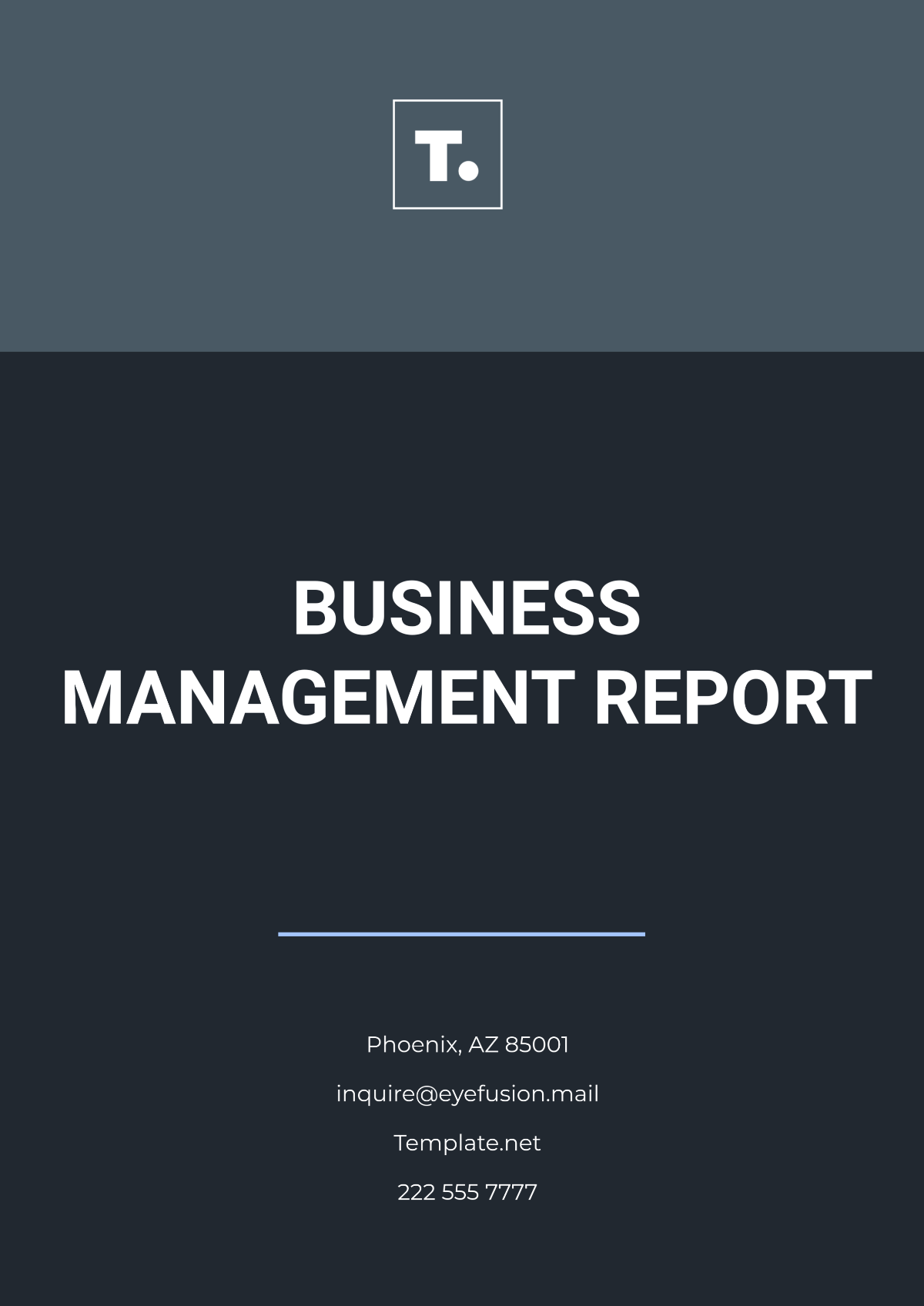Free MBA Report
Use the MBA Report Template from Template.net to streamline your reporting process. This editable and customizable template allows you to easily organize complex data and insights. With the AI Editor Tool, you can efficiently tailor the content to your needs, ensuring a polished, professional report that saves you time and effort.






























